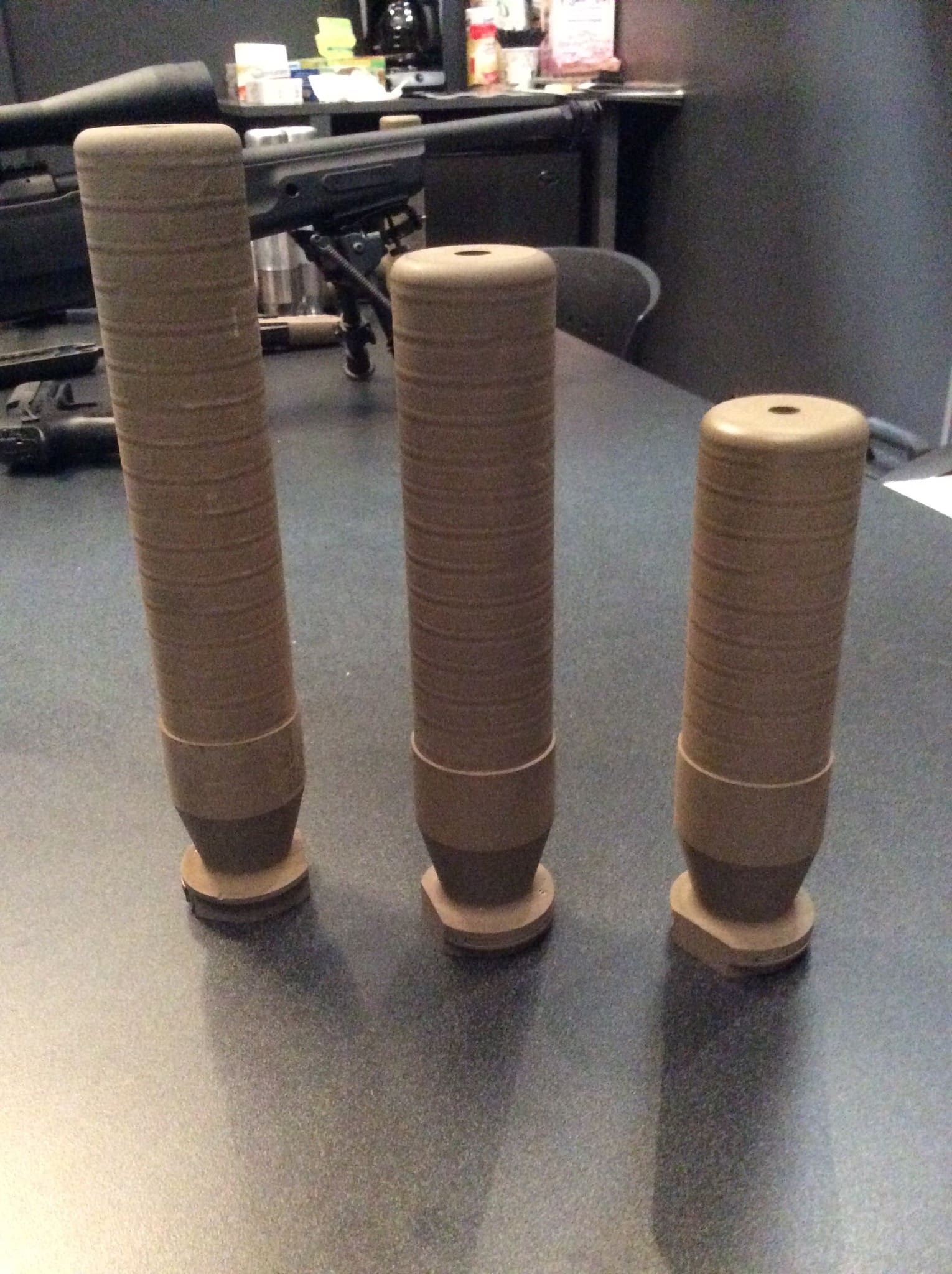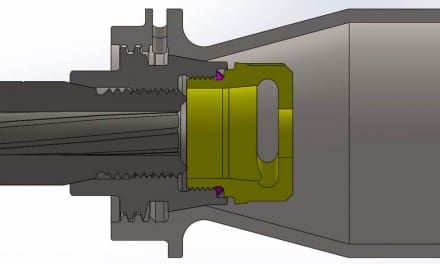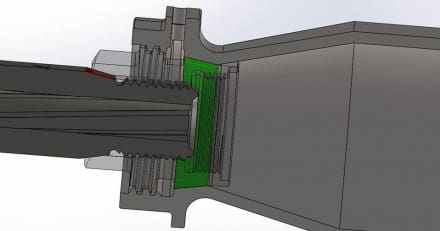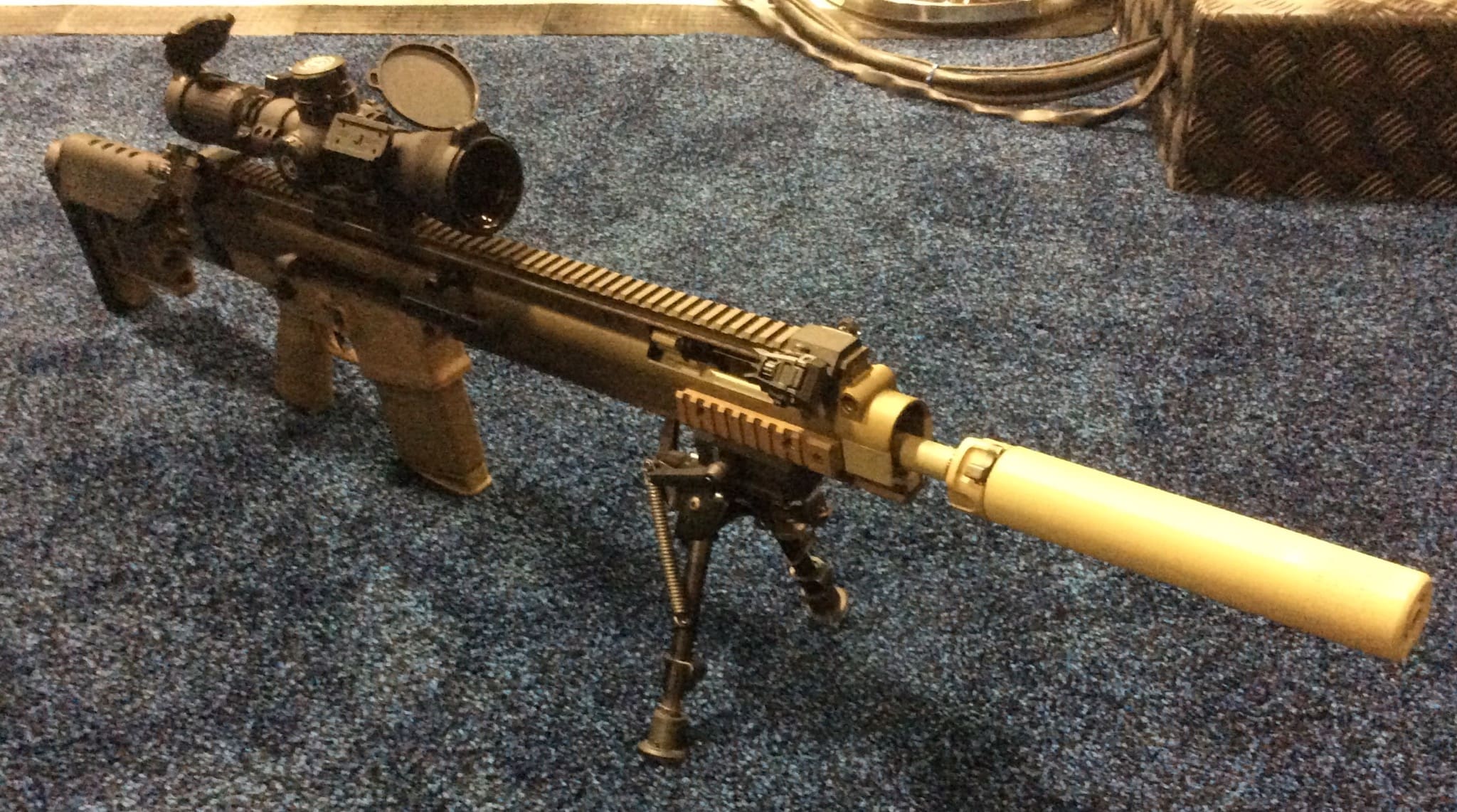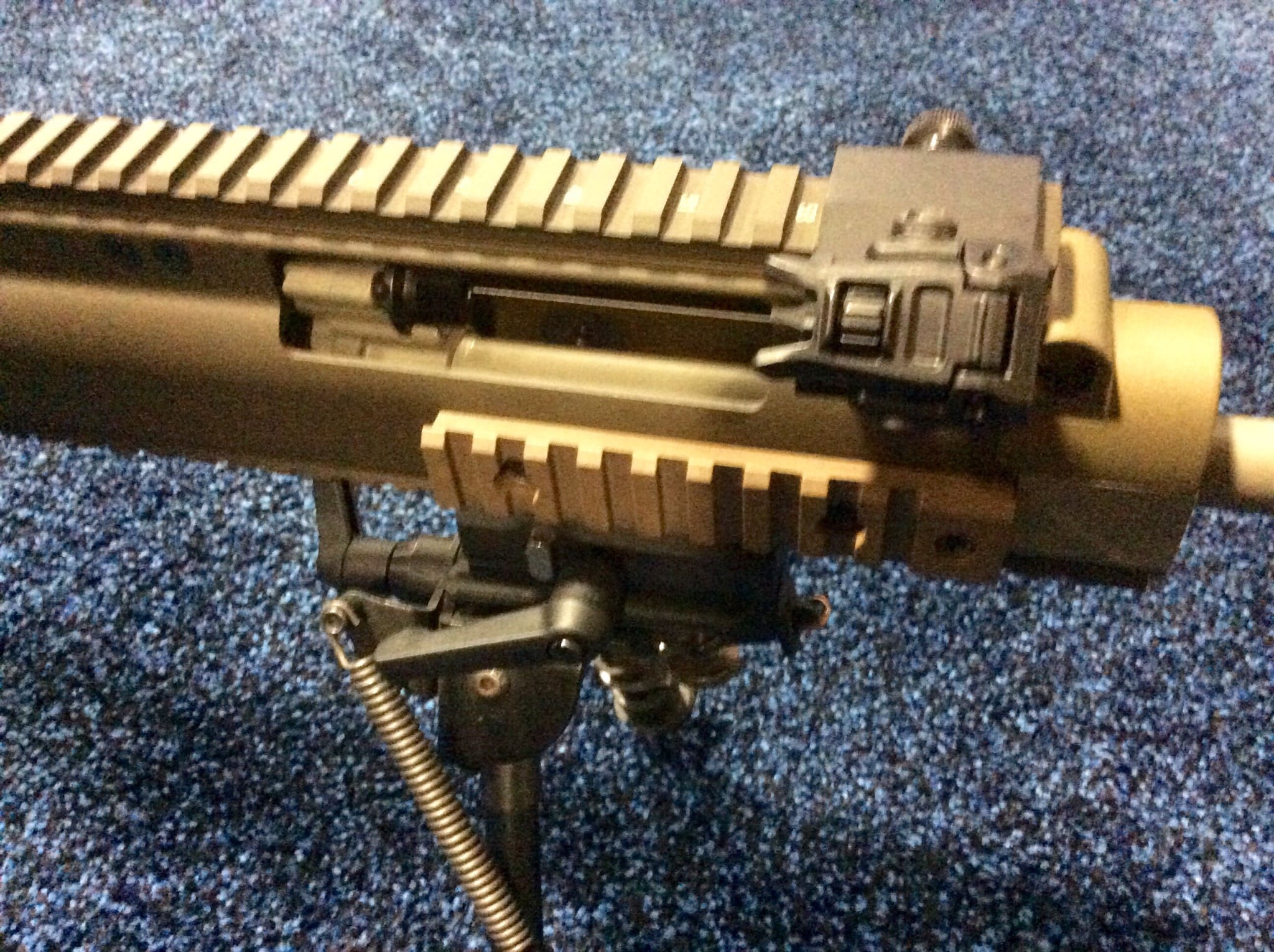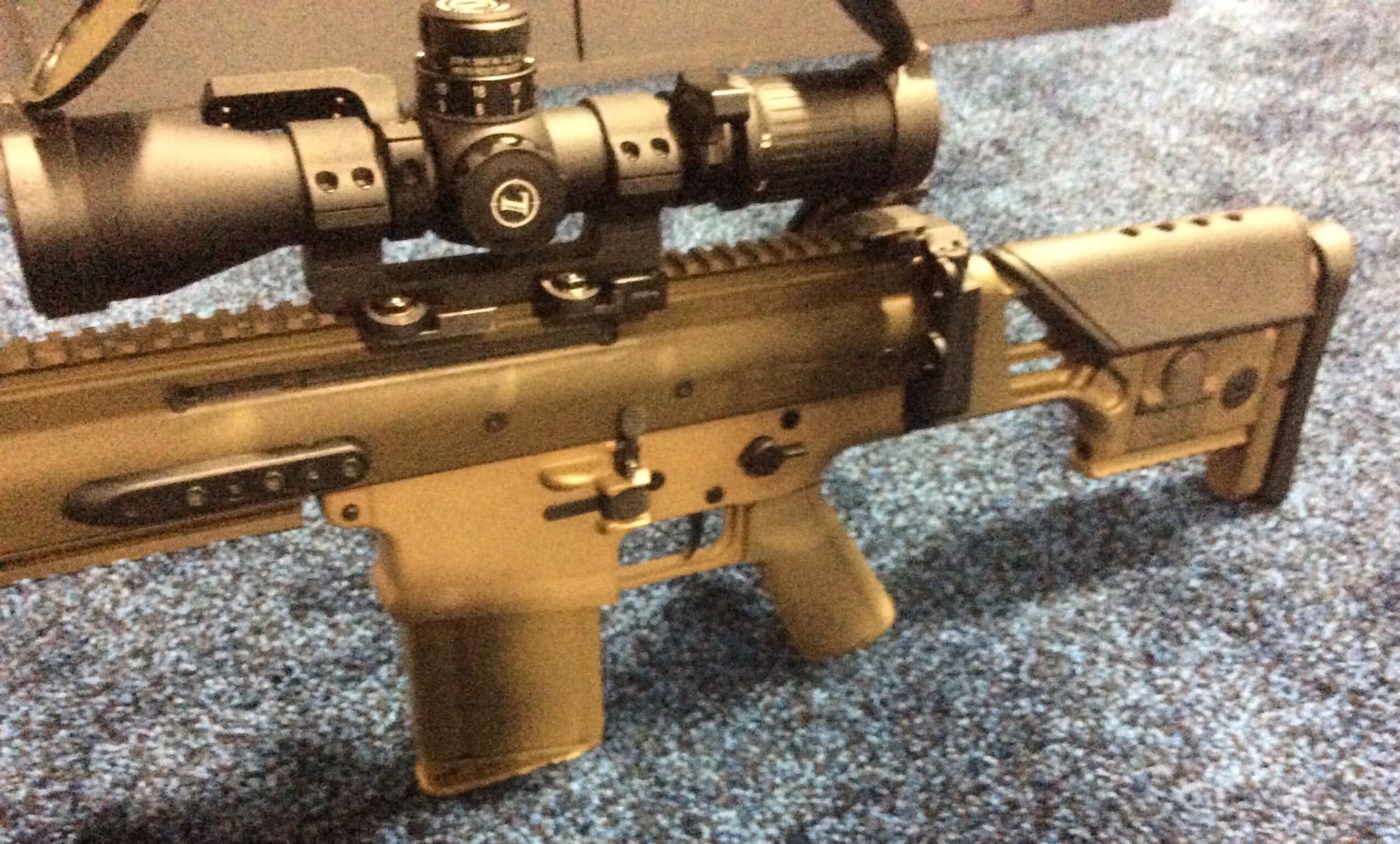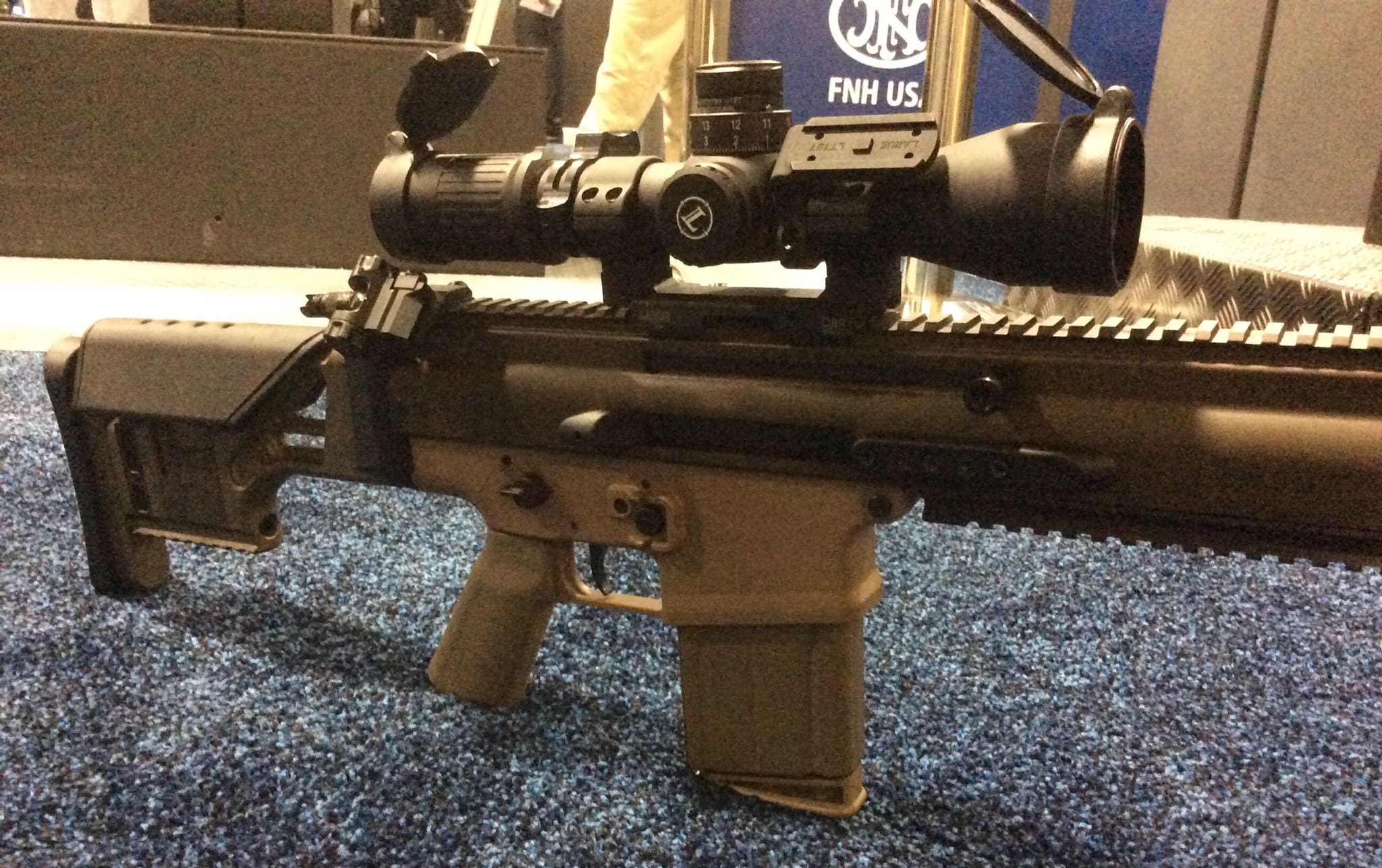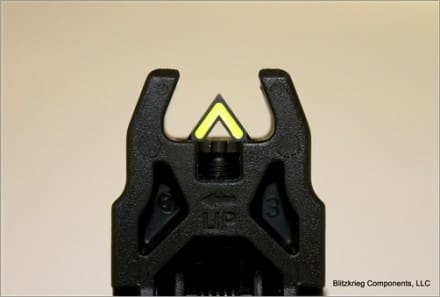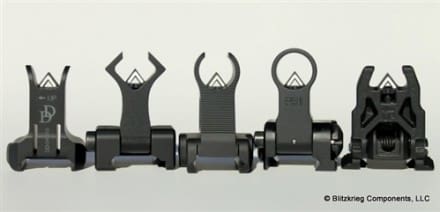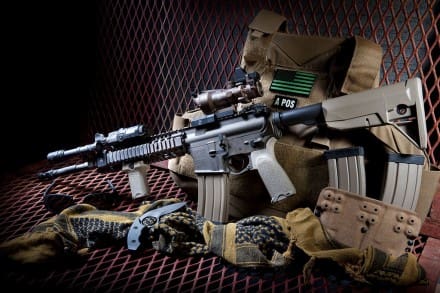Some exciting news today, as Magpul Industries announced the release of four new M-LOK Accessories. The M-LOK compatible MVG, Offset Light/Optic Mount, QD Sling Mount, and Bipod Mount all offer increased functionality to M-LOK outfitted weapons. The new M-LOK accessories are made in the USA.
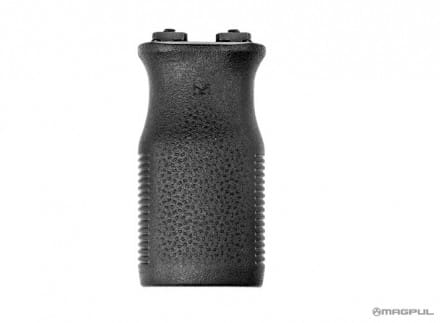
M-LOK MVG
The M-LOK MOE Vertical Grip is designed to attach directly to M-LOK compatible handguards and forends, without the use of an additional Picatinny rail. Made from the same high-quality polymer as other Magpul products, the M-LOK MVG features Magpul’s new TPS texture which provides positive control for the shooter. With its shorter length and rounded contours, the M-LOK MVG has been optimized for the use of the ‘thumb break method’ of shooting, although it also functions equally well as a traditional foregrip.
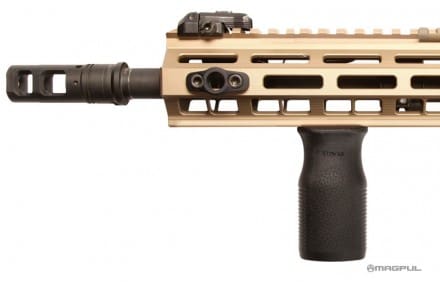
Available in Black and Flat Dark Earth.
store.magpul.com/product/MAG597/M-LOK
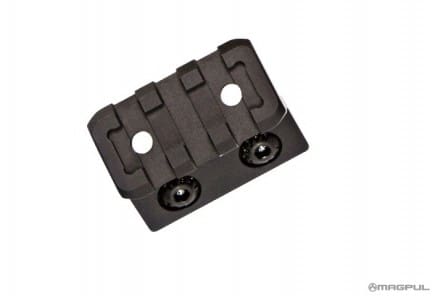
M-LOK Offset Light/Optic Mount
The M-LOK Offset Light/Optic Mount offers users an ambidextrous platform to mount lights and optics at the 11 and 1 o’clock positions on any M-LOK compatible forend or handguard. It is machined from aluminum and milspec anodized, and has beveled ends and corners to reduce snagging and sharp edges. The M-LOK Offset Light/Optic Mount is compatible with any MIL-STD-1913 Picatinny compatible lights or optics. When used with the Magpul Light Mount V-Block and Rings, lights with a diameter of .75 to 1.03 inches can be used on the mount.
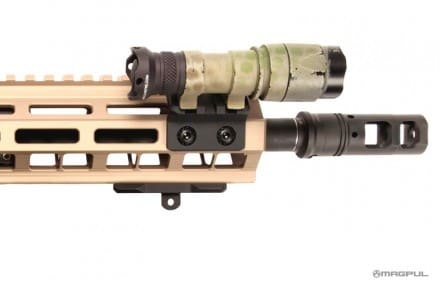
Available in Black.
store.magpul.com/product/MAG604/M-LOK
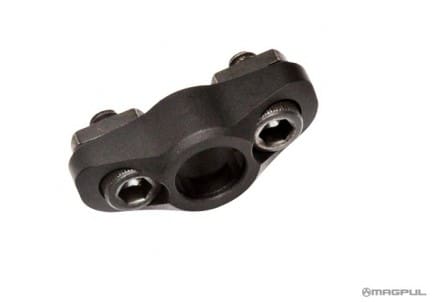
M-LOK QD Sling Mount
The M-LOK QD Sling Mount provides a forward attachment point for push-button QD slings, such as the Magpul MS4 sling. Machined from aluminum and milspec anodized, and has beveled ends to reduce snagging, and features an anti-rotation design to prevent swivels from spinning.
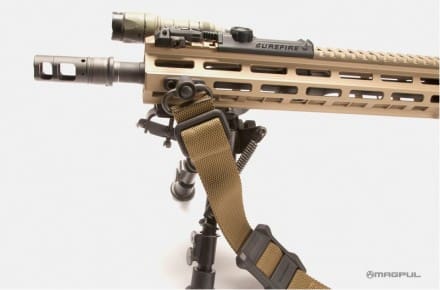
Available in Black.
store.magpul.com/product/MAG606/M-LOK
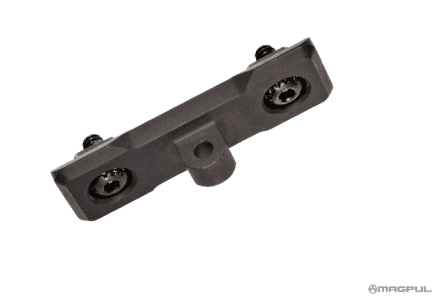
M-LOK Bipod Mount
The M-LOK Bipod Mount accepts bipods with Harris-style stud mounts, allowing their attachment to M-LOK compatible forends and handguards. Machined from aluminum and milspec anodized, the Bipod Mount is low-profile, and thanks to the direct-connect properties of the M-LOK system, the bipod will sit closer to the mounting surface when compared to other adapters. Additionally, the M-LOK Bipod Mount is also compatible with other accessories that attach to traditional sling studs.
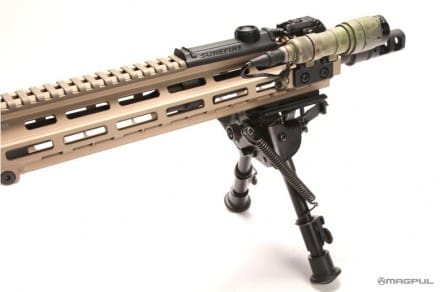
Available in Black.
store.magpul.com/product/MAG609/M-LOK
As a reminder, M-LOK, which stands for Modular Lock System, is a free licensed platform system developed by Magpul that serves as an evolution of the MOE slot system used since 2007. It functions as a method for hard mounting accessories to a negative space mounting point.
M-LOK Overview from Magpul on Vimeo.
For more information on M-LOK, visit magpul.com/mlok.


